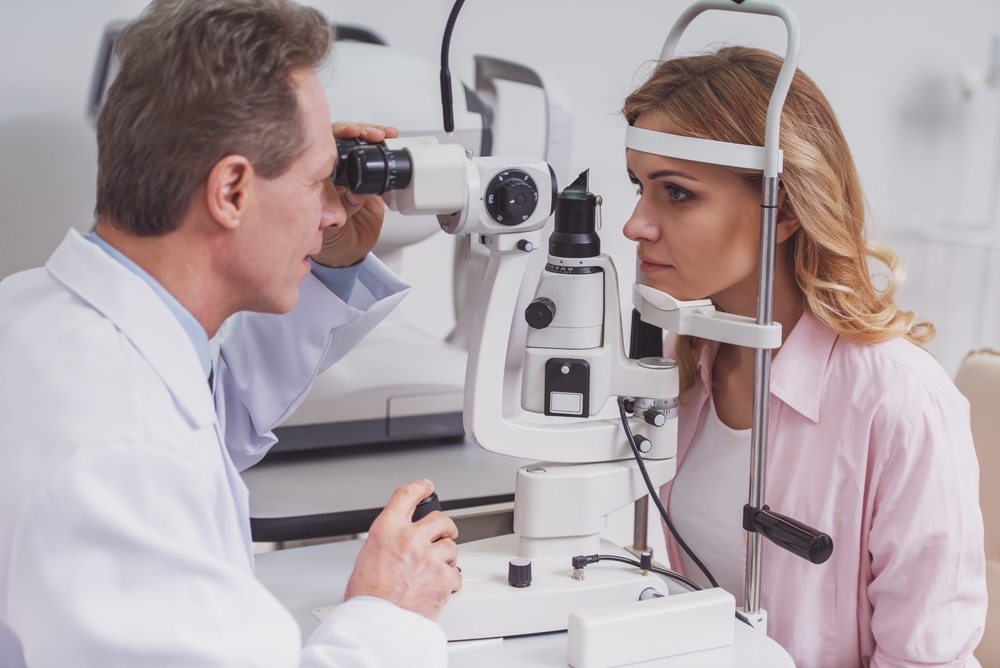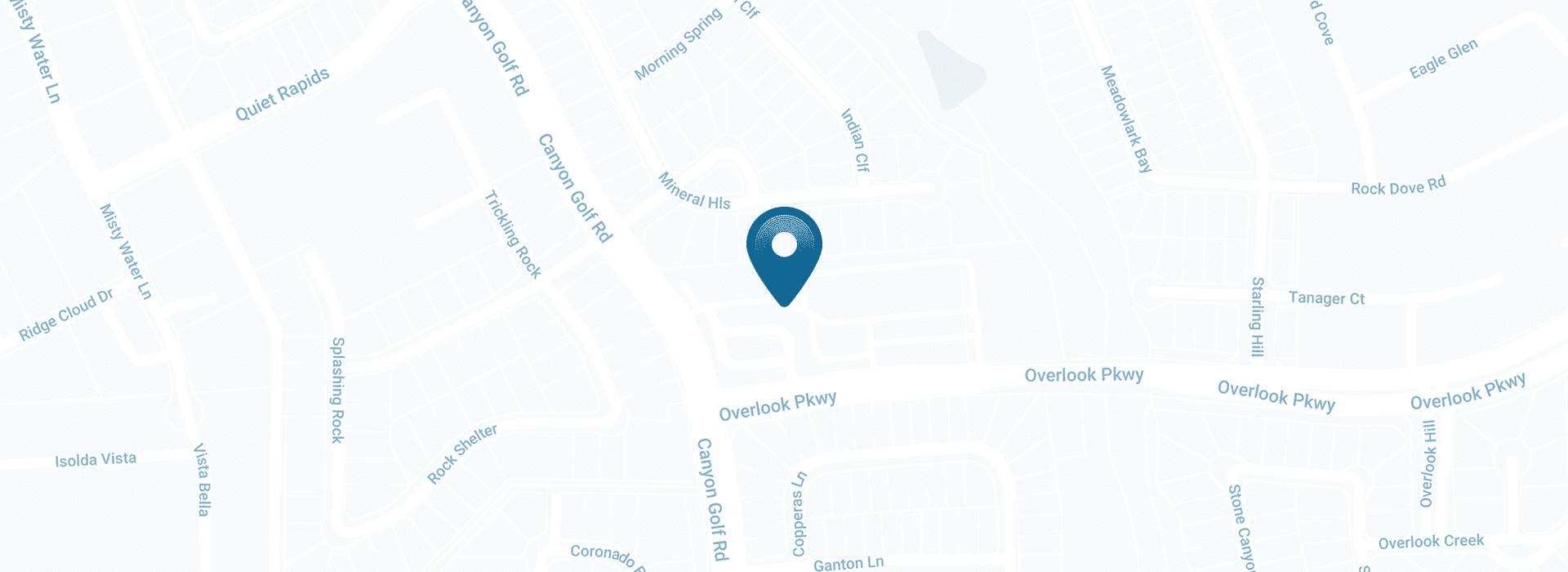
Glaucoma is a group of eye conditions that damage the optic nerve, the health of which is vital for good vision. This damage is often caused by abnormally high pressure in your eye and can lead to irreversible blindness. Understanding the symptoms of glaucoma, knowing the risk factors, and recognizing the importance of regular eye exams are all crucial for the early detection and management of this disease.
Recognizing the Symptoms of Glaucoma
Recognizing the symptoms of glaucoma is essential for early detection and intervention. If you have open-angle glaucoma, you may not notice any changes in your vision until the disease has progressed. However, as the condition worsens, you may begin to notice your peripheral vision gradually failing. If left untreated, you may find you can only see objects directly in front of you, like looking through a tunnel.
Symptoms of acute angle-closure glaucoma are sudden and demand immediate medical attention. These can include severe eye pain accompanied by nausea and vomiting, sudden onset of visual disturbance, often in low light, blurred vision, halos around lights, and reddening of the eye.
Normal-tension glaucoma and secondary glaucoma also have unique symptoms. However, all forms of glaucoma can lead to blindness if not treated promptly. Recognizing these symptoms is the first step towards the prevention and management of these conditions.
The Importance of Regular Eye Exams for Seniors
As we age, the risk of developing glaucoma increases, making regular eye exams especially important for seniors. These exams can help identify the disease early, before it leads to significant vision loss. The American Academy of Ophthalmology recommends a comprehensive eye exam every one to two years for adults aged 65 and older, even if they have no signs of eye problems.
A comprehensive eye exam for seniors includes tests that are critical for detecting glaucoma early. In addition to measuring intraocular pressure and examining the optic nerve, these exams may also include a visual field test to measure peripheral vision and an examination of the retina.
Regular eye exams can also detect other age-related eye problems, such as cataracts and macular degeneration. Detecting these conditions early can help protect your vision and maintain your quality of life.
Risk Factors for Glaucoma
Understanding the risk factors for glaucoma can help you take steps to protect your vision. Age is one of the most significant risk factors, with the chance of developing glaucoma dramatically increasing after age 60. However, glaucoma can occur at any age.
Other risk factors include having a family history of glaucoma, being of African, Hispanic, or Asian heritage, and having certain medical conditions, such as diabetes, heart disease, and high blood pressure. In addition, people with severe nearsightedness (myopia) or who have had an eye injury or certain types of eye surgery may also be at greater risk.
While you can't change some risk factors, such as your age or family history, you can control others. For example, maintaining a healthy lifestyle can help reduce your risk of developing certain medical conditions associated with glaucoma. Regular exercise, a balanced diet, and avoiding smoking can all help protect your eye health.
Prioritizing Eye Health and Regular Check-ups
Glaucoma is a serious eye condition that can lead to irreversible vision loss if not detected and treated early. Regular eye exams are the best way to detect glaucoma early and protect your vision. Even if you have no symptoms, getting regular check-ups can help identify this silent thief of sight before it steals your vision.
For more information on glaucoma symptoms and early detection, visit Lookout Eyecare at our office in San Antonio, Texas. We offer state-of-the-art technology to diagnose glaucoma even at its earliest stages. The doctors at Lookout Eyecare have the expertise to diagnose, treat, and manage glaucoma effectively. We are committed to providing the highest quality eye care services and products to all our patients. Please call (210) 236-7273 to schedule an appointment today.











